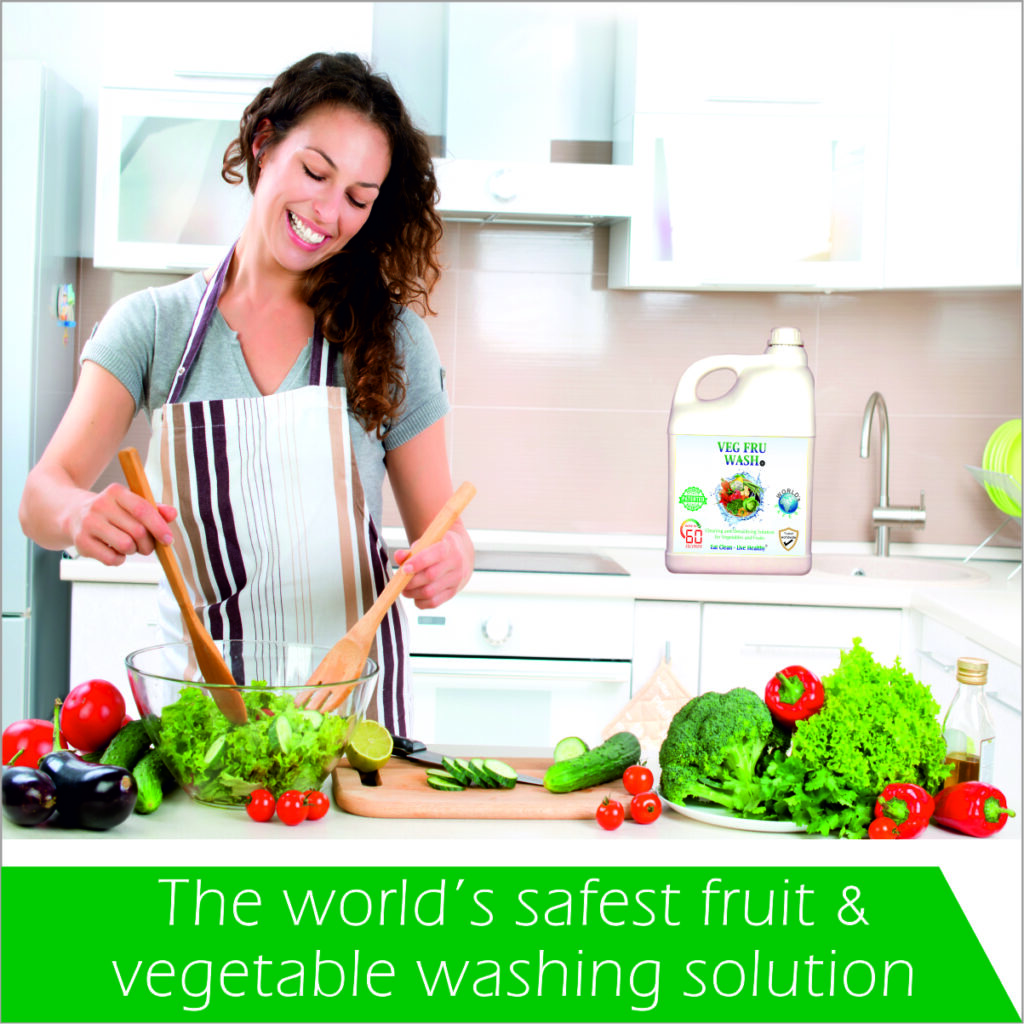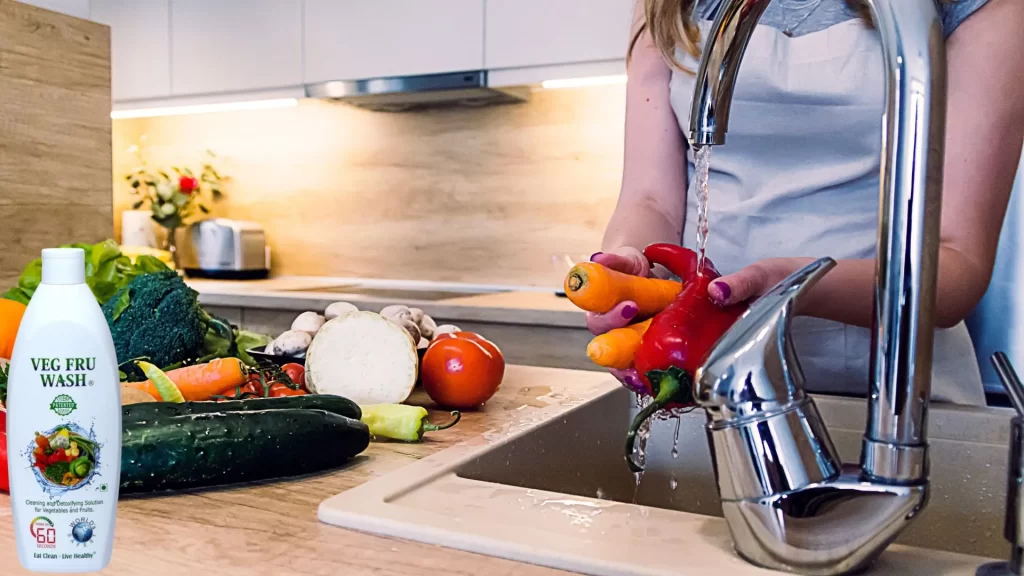
Incorporating fresh vegetables into your diet is one of the best ways to maintain a healthy lifestyle. However, to truly reap the benefits of these nutrient-rich foods, it’s crucial to ensure they are free from contaminants. Washing vegetables is a simple yet vital step that can safeguard your health and enhance your meals. This blog will explore the importance of washing vegetables, the dangers of skipping this step, and effective methods for cleaning your produce.
Why Washing Vegetables Matters
- Pesticide Reduction: Many vegetables are treated with pesticides during cultivation to protect against pests and diseases. While these chemicals help ensure a bountiful harvest, they can leave residues on the produce. Washing your vegetables can significantly reduce these pesticide residues, making them safer to eat.
- Bacteria and Pathogen Removal: Vegetables can be exposed to harmful bacteria and pathogens at various stages of production and distribution. Contaminants like E. coli, Salmonella, and Listeria can pose serious health risks. Proper washing helps to eliminate these dangerous microorganisms.
- Dirt and Soil Removal: Fresh vegetables, especially those harvested from the ground, often carry dirt and soil. Washing removes these particles, ensuring that your vegetables are clean and appetizing.
- Enhanced Flavor and Texture: Clean vegetables taste better and have a more appealing texture. By removing any lingering contaminants, you can fully enjoy the natural flavors of your produce.
Risks of Consuming Unwashed Vegetables
- Foodborne Illnesses: Eating unwashed vegetables can lead to foodborne illnesses caused by bacteria and pathogens. Symptoms can range from mild stomach discomfort to severe gastrointestinal issues.
- Chemical Exposure: Regular consumption of pesticide residues can have long-term health effects, including hormonal disruptions and increased risk of certain cancers. Washing vegetables helps to minimize this exposure.
- Physical Contaminants: Dirt, sand, and other debris can be unappetizing and harmful if ingested. Washing vegetables ensures these physical contaminants are removed.
Best Practices for Washing Vegetables
- Rinse Under Cold Running Water: Use cold water to rinse vegetables thoroughly. This method effectively removes dirt, bacteria, and some pesticide residues. Avoid using soap or detergents, as they are not designed for food and may leave harmful residues.
- Soaking and Scrubbing: For vegetables with tough skins, such as potatoes and carrots, soak them in water for a few minutes before scrubbing with a vegetable brush. This helps to dislodge any embedded dirt and contaminants.
- Vinegar Solution: Create a natural cleaning solution by mixing one part vinegar with three parts water. Soak vegetables in this solution for a few minutes to reduce bacteria and pesticide residues. Rinse thoroughly with water afterward.
- Peeling: If you are concerned about pesticide residues, peeling certain vegetables can be an additional precaution. However, remember that peeling can also remove valuable nutrients and fiber.
- Drying: After washing, dry vegetables with a clean cloth or paper towel. This step helps to remove any remaining bacteria and prevents moisture from promoting bacterial growth during storage.
Additional Tips for Washing Specific Vegetables
- Leafy Greens: Separate the leaves and rinse them individually under running water. For extra cleaning, soak the leaves in a vinegar solution and rinse thoroughly.
- Berries and Soft Fruits: Place delicate berries in a colander and rinse gently under cold running water. Avoid soaking them, as they can absorb water and become mushy.
- Root Vegetables: Scrub root vegetables like beets, carrots, and potatoes with a brush to remove dirt and soil effectively.
- Cruciferous Vegetables: Vegetables like broccoli and cauliflower can have crevices where dirt and insects hide. Soak them in a vinegar solution and rinse thoroughly under running water.
Conclusion
Washing vegetables is a crucial step in preparing healthy, delicious meals. By removing pesticides, bacteria, and dirt, you can ensure that your produce is safe and enjoyable to eat. Adopting proper washing techniques can protect you and your family from potential health risks while enhancing the natural flavors and textures of your vegetables. Make it a habit to wash all your vegetables thoroughly, and enjoy the peace of mind that comes with knowing your food is clean and nutritious.
4o


